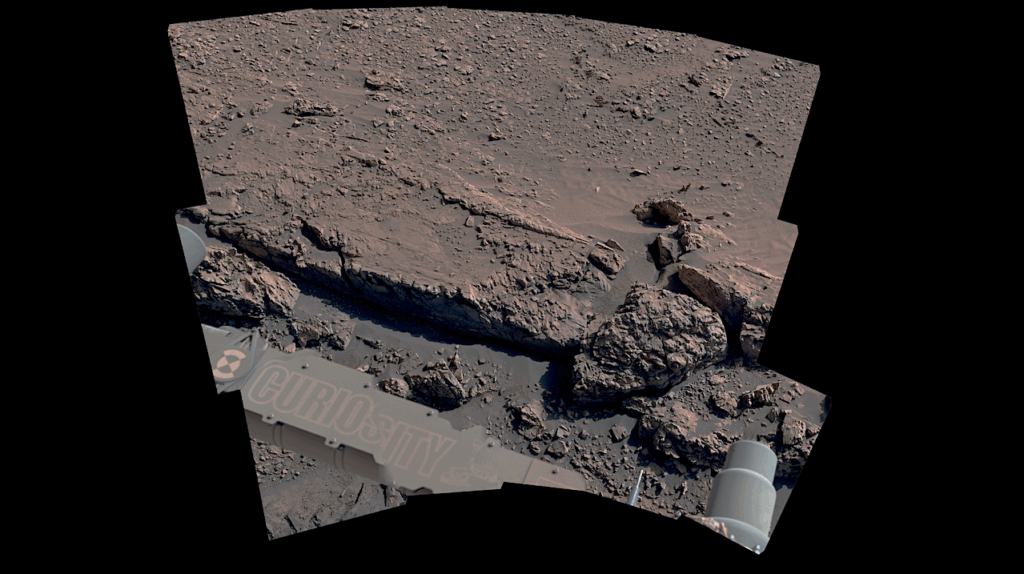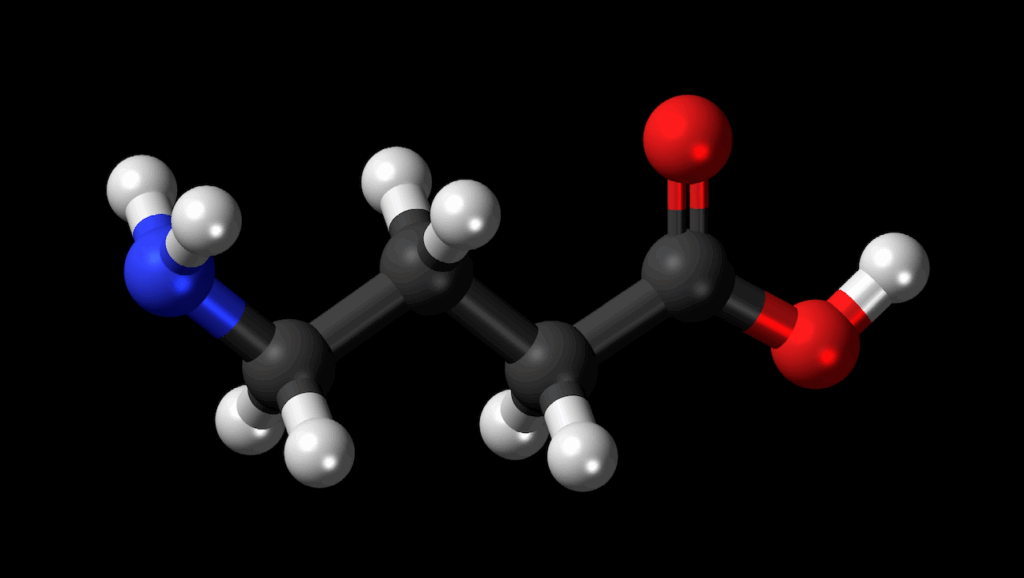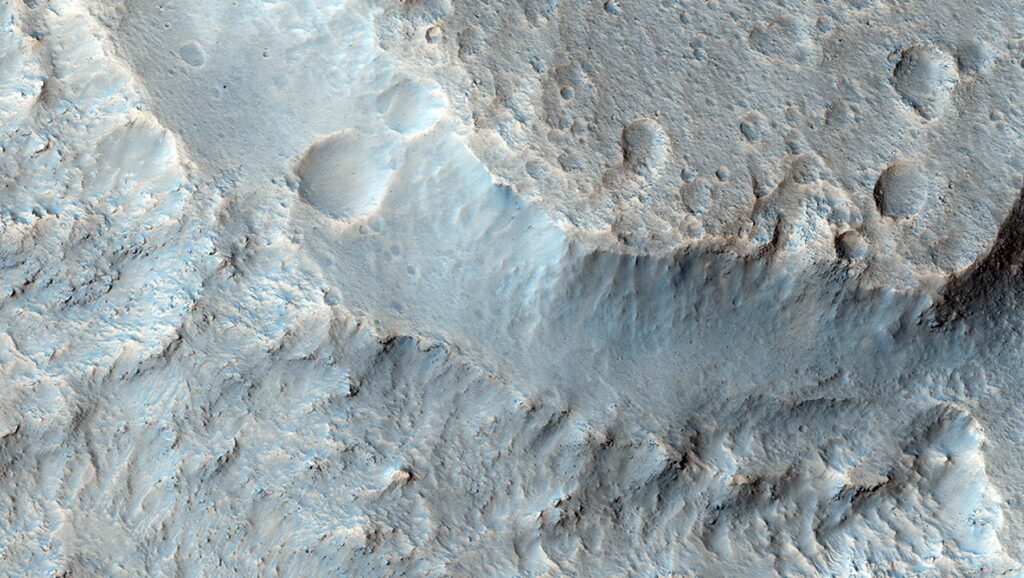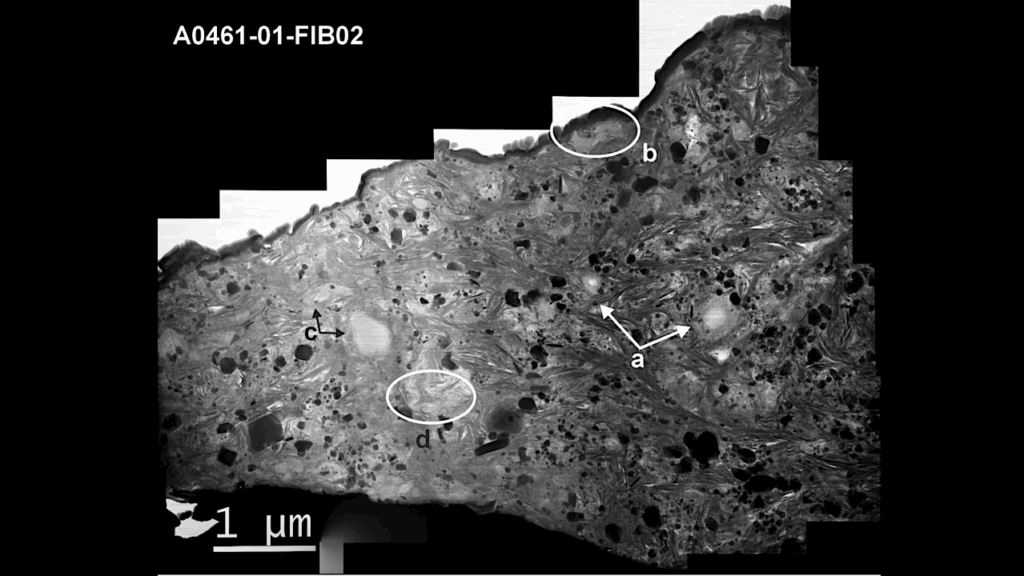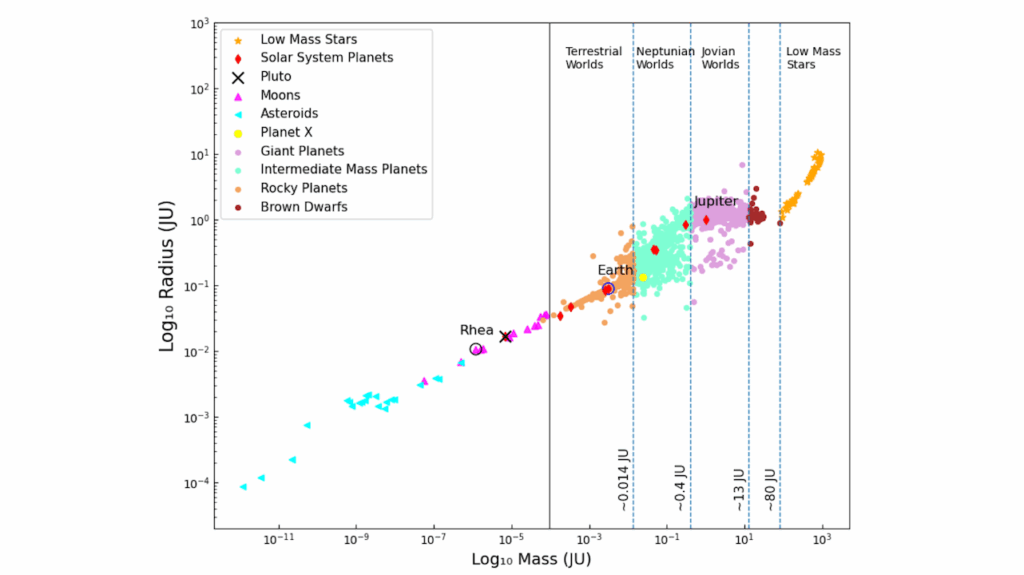The Nominal Range of Rocky Planet Masses, Radii, Surface Gravities and Bulk Densities
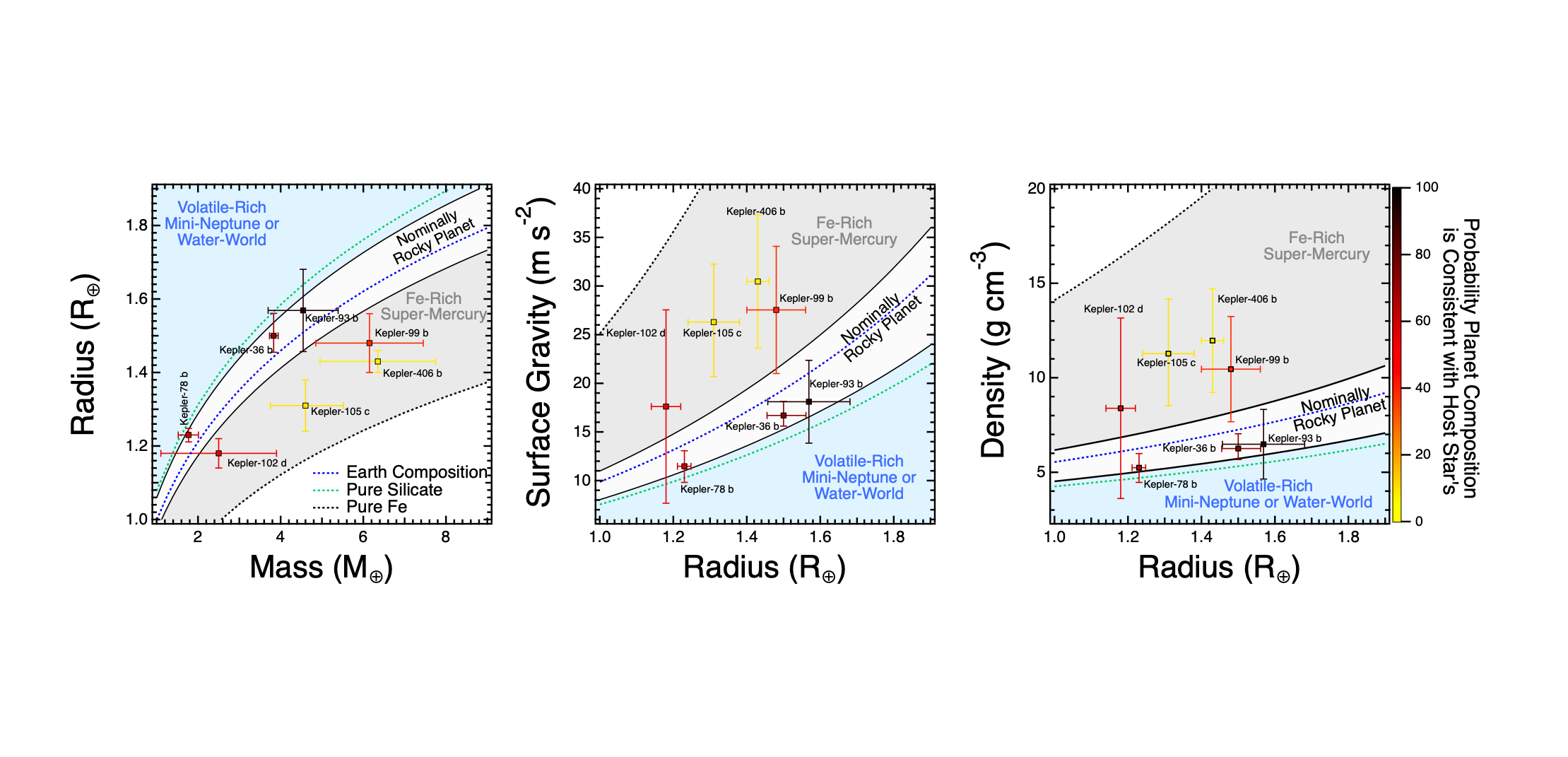
The two primary observable quantities of an exoplanet–its mass and radius–alone are not sufficient to probe a rocky exoplanet’s interior composition and mineralogy.
To overcome this, host-star abundances of the primary planet-building elements (Mg, Si, Fe) are typically used as a proxy for the planet’s bulk composition. The majority of small exoplanet hosts, however, do not have available abundance data.
Here we present the open-source ExoPlex mass-radius-composition solver. Unlike previous open-source mass-radius solvers, ExoPlex calculates the core chemistry and equilibrium mantle mineralogy for a bulk composition, including effects of mantle FeO content, core light elements and surface water/ice. We utilize ExoPlex to calculate the planetary radii, surface gravities and bulk densities for 106 model planets up to 2 R⊕ across these geochemistries, adopting the distribution of FGK stellar abundances to estimate of the range of bulk exoplanet compositions.
We outline the 99.7% distribution of radii, surface gravity and bulk densities that define planets as “nominally rocky.” Planets outside this range require compositions outside those expected from stellar abundance data, likely making them either Fe-enriched super-Mercuries, or volatile-enriched mini-Neptunes. We apply our classification scheme to a sample of 85 well-resolved exoplanets without available host-star abundances.
We estimate only 9 planets are within the “nominally rocky planet zone” at >70% confidence, while ∼20% and ∼30% of this sample can be reasonably classified as super-Mercuries or volatile-rich, respectively. Our results provide observers with a self-consistent way to broadly classify a planet as likely rocky, Mercury-like or volatile-enriched, using mass and radius measurements alone.
Cayman T. Unterborn, Steven J. Desch, Jonas Haldemann, Alejandro Lorenzo, Joseph G. Schulze, Natalie R. Hinkel, Wendy R. Panero
Comments: 41 pages, 21 figures, 2 tables. Accepted to ApJ
Subjects: Earth and Planetary Astrophysics (astro-ph.EP)
Cite as: arXiv:2212.03934 [astro-ph.EP] (or arXiv:2212.03934v1 [astro-ph.EP] for this version)
Submission history
From: Cayman Unterborn
[v1] Wed, 7 Dec 2022 19:59:19 UTC (2,880 KB)
https://arxiv.org/abs/2212.03934
Astrobiology,


